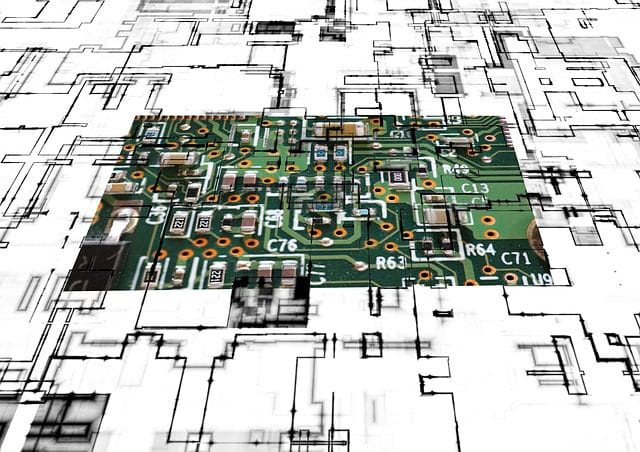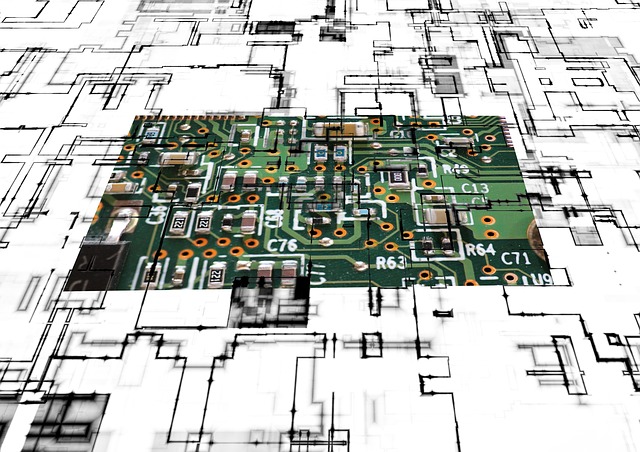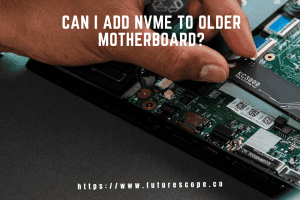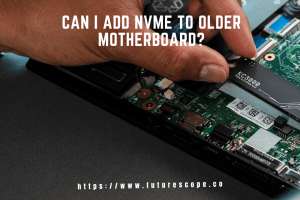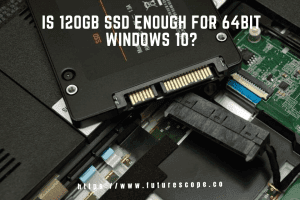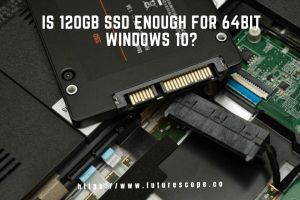What We Have Covered in This Article
Last Updated on July 20, 2017 by Editor Futurescope
Group of IBM researchers, along with teams from Global Foundries and Samsung, has developed a new manufacturing process that will make it possible to manufacture transistors and chips on a key scale of IBM 5nm chips in a few years, further reducing the scales Advanced 7 and 10 nm, which are already possible, and soon will be the most common. IBM 5nm chips will be the smallest computer chip in the world, soon available 2020.
Smallest Processor nm End of Moore’s Law
This is a further advance in the confirmation of Moore’s law, proposed by the engineer who founded Intel back in 1965. Basically, he claims that the processing capacity of the chips would multiply as their size would be reduced by a certain number of Months (originally, every two years). Although there is absolute limit to this empirical law – the size of the atoms – until now has been fulfilled of quite approximate form. And the engineers seem to want to make it last longer.
“There is a lot of talk about the end of Moore’s Law, but we estimate that he has at least ten years to live,” says Simon Viñals, Director of Technology at Intel Iberia, “there are many lines of research open on new materials and technologies”. At the end of March, the company held a congress centered on the famous law, in which it presented its new transistors of 10 nanometers (the previous technologies were of 45, 32, 22 and 14 nanometers). Now, in a square millimeter fit a hundred of these mills. A silicon atom measures around 0.24 nanometers and the University of Berkeley has come to present transistor prototypes of 1 nanometer: the limit goes close. At the congress, Intel vice president Stacy J. Smith explained that if the progress of other disciplines had progressed to the pace of Moore’s law, we could travel 300 times faster than the speed of light, feed the population with a single square kilometer of land or travel to the Sun using only a few liters of gasoline. They are impossible examples, but they give an idea of the speed, the low consumption and the density of transistors of its technology.
IBM Smallest Computer Chip In The World
The advancement achieved by IBM has been made possible by the use of what are called silicon nanowires, which replace today’s common (three-dimensional) FinFET technology (for 7 and 10 nm chips). Only two years ago they presented the 7nm with an extreme ultraviolet lithography system that they conserved for the 5nm but what they left outside was the FinFET process to create the transistors happening to stacks of silicon nanocapas (GAAFET). The nanowires are subjected to an ultraviolet extreme recording (EUV) recording process that draws all transistors of the chip without needing as much separation space as others. In this way, up to 30 billion transistors can be packaged in a single chip the size of a fingernail, compared to the 20 billion maximum allowed by the technology of 7 nm. This improve the formation of the transistors in this small size and adjust them without so much error. The interesting thing about the GAAFET process is that it was like taking the three-dimensional FinFET, laying it down and adding more layers to a large silicon sandwich, a 2D round in construction but 3D in the layer assembly.
Compared with the current 10nm process used by Samsung, partner in this project with Global Foundries, a IBM 5nm chips can incorporate twice as many transistors on the same surface and, according to IBM, a 40% performance improvement per watt or 75% energy saving. On the same surface as the 7nm chip was 20 billion transistors, the smallest chip size 5nm does the same with 30 billion.
Although the possibility of making smallest processor nm- such as 1 nanometer by researchers at the Lawrence Berkeley National Laboratory – had been demonstrated in those cases, the use of new materials (molybdenum disulfide) was still far from becoming an Industrial process as the current ones. Manufacturing IBM 5nm chips instead, with ideas the company has been putting into practice for a decade, could be as close as “a few years,” researchers have said, handling tentative dates such as 2020.
What are the advantages of these small chips?
Apart from the logic miniaturization to be able to compress more transistors in less space (up to 40 percent), there is also energy saving (up to 75 percent), something increasingly important for use in mobile devices such as telephones, Tablets, watches or wearables. According to explain, these chips would not have to recharge the mobile phone no more than once every two or three days.
Apart from this, being able to have much more power in small devices thanks to the more powerful processors will not require large equipment to enjoy applications in the field of artificial intelligence, virtual reality or the so-called “internet of things “. The most interesting? That the race for miniaturization does not seem to stop here, since as part of the announcement of IBM 5nm chips technology the words “… and beyond” were mentioned several times.
The road at IBM 5nm chips is open
IBM’s audience for this process is broad but they want to focus on Machine Learning and AI which is what the company currently sells, but beyond the buzz of marketing this process will obviously target consumer products in a few years. How many years? Well, keep in mind that just now are using processors at 10nm and those at 7nm two years ago did not even see practical application in the market yet.
The reason is the most obvious: costs. Turning a factory of processors to a new node implies an investment not of millions but of billions, at the moment the figure is around 20 billion dollars for the conversion, reason why for a similar development these three firms were united, alone could not and that this is only the stage of research and definition of technology.
IBM develops 5nm microchip, the smallest yet
Today the electronics industry has brought to the market several smallest chip size of higher performance and lower consumption formed by transistors that do not exceed the 10nm of size, reason why the microchip of 5nm of IBM, represents a breakthrough in innovation of great utility and the difficulty of holding up Moore’s Law for The technology sector and the Internet of Things.


